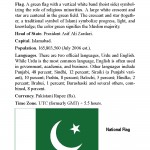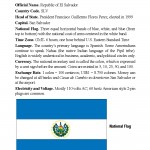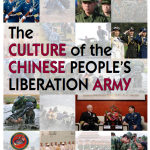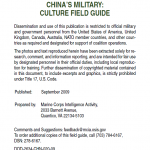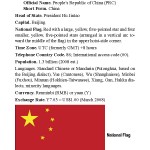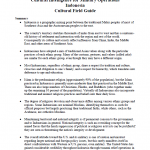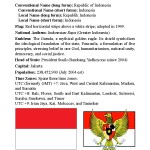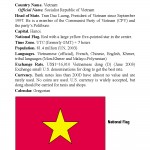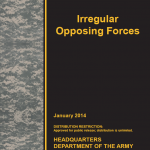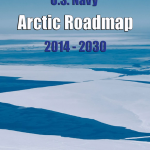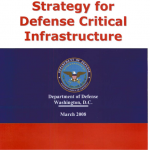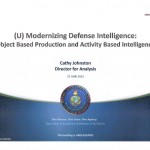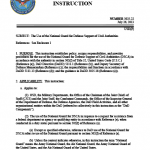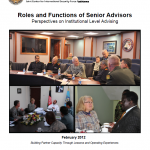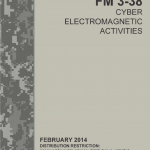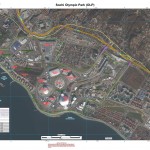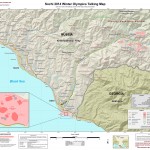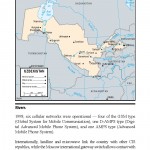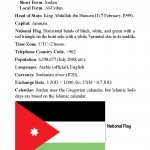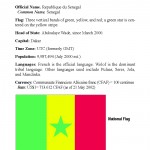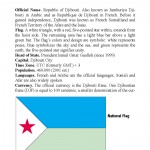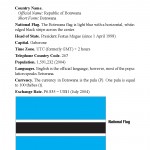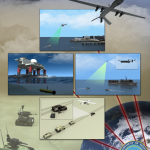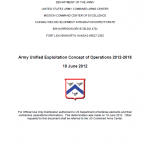
This CONOPS describes an overarching concept of operations for the 2012-2018 timeframe that provides a framework for “Unified Exploitation (UE)” operations and the basis to develop supporting capabilities. It establishes linkages to other Army concepts and describes how UE enables decisive action in support of unified land operations. This CONOPS describes the operational context and how commanders integrate supporting UE capabilities through Mission Command to produce an operational advantage. This CONOPS addresses the central military problem: the Army lacks a systematic approach to effectively integrate multiple organizations, disciplines, functions, and processes that support exploitation through their application of tactical, technical, and scientific capabilities. The absence of an organized exploitation framework to develop facts, actionable information or intelligence from collected enemy information, materials, or people, results in a knowledge void. This lack of knowledge may compromise our ability to execute commander directed, follow-on actions and represents tactical and perhaps even strategic opportunities lost.
Read more →
